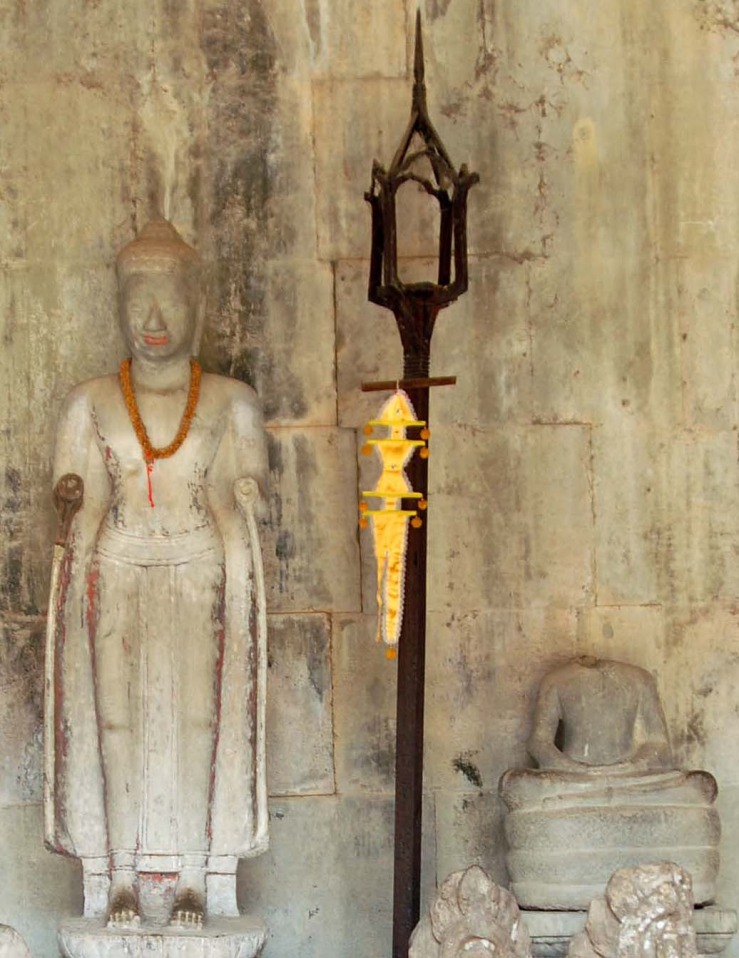Chaco Canyon
 10.11.2013 |
10.11.2013 |  tm leonard
tm leonard Anasazi creation stories echoed on the wind.
In the Plains Indian culture, Trickster is the bad news messenger capable of speaking any known or unknown language. The Trickster is vain and deceitful, obsessed with sex, loves to make pranks, falls in and out of trouble and always recovers their stasis. Trickster taught me Keres, the language of the Pueblo, the middle heart space between earth and sky.
Languages are my specialty. Lost tongues.
Down in the southern province of Suhag in Egypt where King Scorpion lived 5,300 years ago I worked with archeologists discovering clay tablets recording taxes on oil and linen; a special material ancient Egyptians considered ritually pure under the protection of the goddess Tayt. The hieroglyphics, line drawings of animals, plants and mountains revealed stories of economies and commodities.
In Nevali Cori we found 9,000 year old shards of pottery depicting dancers.
“These images,” said a team of metaphorical diggers, “reveal a fictional common ancestor created as a way to integrate their community.”
A camel hairbrush cleaned pottery shards. “Anything else?”
“Well,” said one digger on his hands and knees, sifting dust, “we surmise these images established a collective discipline in their community. See how the figures are holding hands? What do you see now?”
“I see a circle of movement. A connected unity, a language in space,” said Omar.
Down washed out rocky New Mexico roads sixty miles from Aztec is Chaco Canyon. It is twelve miles long and one mile wide. It is a complex Anasazi Pueblo culture community nation from mid-800 until a fundamental shift left it abandoned around 1115 due to overused land, a lack of trees, drought, and failing crops. It was the social and economic center of life, an American Cradle of Civilization in the San Juan Basin. Their physical wheel of life reflected the pueblo worldview.
They were master builders constructing stone villages and six large pueblos of multiple stories with rooms larger than previously known. They began with simple walls one stone thick using mud, mortar, rubble, and the veneer of facing stones. Later they used large blocks of tabular sandstone chinked with smaller stones set in mortar and later covered with plaster.
The largest of the big houses is Pueblo Bonito 800-1200, four stories high with 600 rooms and 40 kivas. A kiva is a sacred religious area, a circular room without windows with a smoke hole at the top where the men of the village would climb down a ladder to sit, smoke, and share history and legends. There was a raised stone bench reserved for the “Speakers.”
Once a year to prepare for the Earth Renewing Ceremony, the Masked God Society would whitewash the interior walls of the kiva and repaint sacred symbols on the interior stone pillars.
Chetro Ketl, dating from 1020, had 500 rooms and 16 kivas with a large plaza. Ketl had a great kiva and remnants of carved birds, prayer sticks, arrows, and discs.
Pueblo del Arroyo had 280 rooms and 20 kivas. The Kin Kletso Pueblo, built in two stages around 1125 had one hundred rooms with five enclosed kivas.
Chaco was an advanced social and trading hub. Raw turquoise was imported from distant mines. People made necklaces, bracelets and pendants. Seashells, copper bells, and the remains of macaws and parrots suggested they traded with Mexican cultures, perhaps the Toltec.
Chaco Canyon was a spiritual center. Journeys became pilgrimages. Residents were in direct contact with elemental cosmos life: mountains, clouds, thunder, air, earth, and sun. They were connected with mysterious truth and beauty.
At one time 10,000 people lived in 400 surrounding settlements. They developed 400 miles of engineered and planned prehistoric roads connecting their communities.







Reader Comments